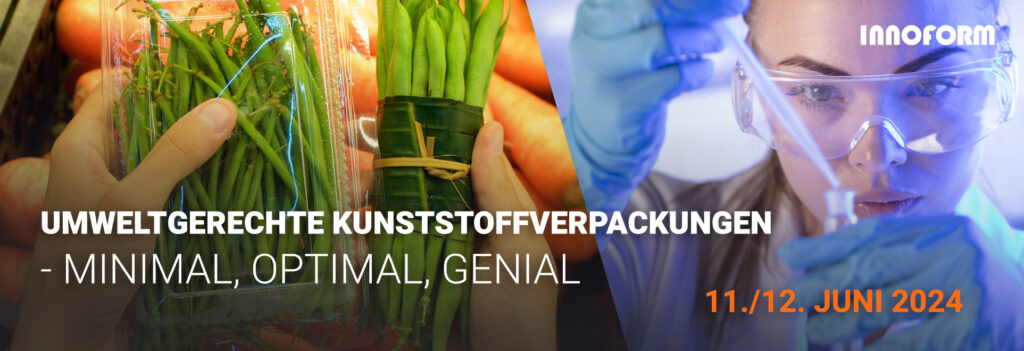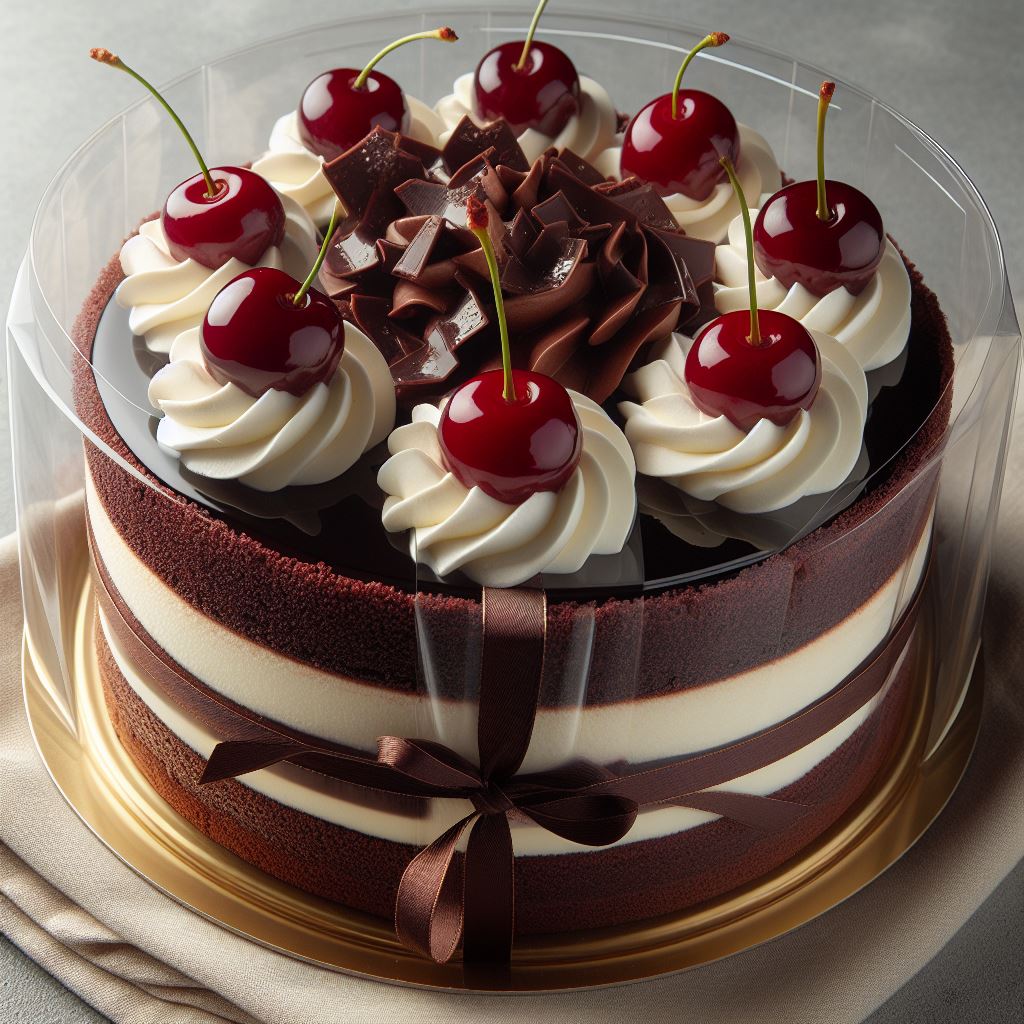And what this has to do with food packaging and Flexpack.
Once upon a time, there was a Schwarzwälder Kirschtorte that consisted of several skilfully layered layers. Each layer told its own story: the dark biscuit base whispered of chocolatey adventures, the cherry layer sang of fruity days in the sunshine, and the cream layer proudly bore its creamy past.
But the fate of this cake was soon to change after its best-before date had expired. One day, it found itself in a huge factory, surrounded by metal machines and clattering conveyor belts. An extruder, a monstrous monster of steel, rose up in front of it. Its job was to crush, mix and mould things – a fate the cake did not want to share.
“What does that mean?” asked the cake anxiously. “Why am I here?”
The extruder laughed rattlingly. “You are being recycled,” it said. “Crushed, melted and moulded into something new.”
The cake trembled. “But I am a Black Forest gateau! I have stories to tell, memories to preserve and pleasure to spread.”
“I am not interested in that,” growled the extruder. “Your layers are useless here. We do not need stories. We need raw materials.”
And so the journey of the Black Forest gateau through the extruder began. The chocolate layer was melted, the cherry layer torn apart and the cream layer lost its creaminess. The end result was an indefinable mass – a grey mush without a soul.
“What happened to me?” whispered the cake.
“A pile of plastic mass,” replied the extruder. “Nothing more.”
The cake sighed. It had lost its identity, its layers had disappeared. It could not be baked into a new layered treat. It was now just part of the great recycling cycle. A recyclable material with little value.
And so the Black Forest gateau learnt a hard lesson: Multi-layer films for food packaging are difficult or even impossible to recycle. The different materials – polyethylenes, polypropylenes, polyamides, printing inks, adhesives and additives – are like the layers of a cake. Once they are mixed together, they can no longer be separated. The extruder cannot form new functional layers, only uniform lumps of plastic.
The cake longed for its layers, for its unique identity, which led to the unique product characteristics. But it was too late. It was just a tiny piece in the big recycling puzzle.
And so the Black Forest gateau remains a silent testimony to the difficulties of recycling multi-layer films. Its layers may be lost, but its story lives on – as a reminder to us all to treat our packaging with care and find sustainable alternatives.
Links to the topic:
So fördern zunächst ungeliebte EU-Richtlinien Innovatione | Flexpackwissen (innoform-coaching.de)
Wie Würmer beim Recycling helfen | Flexpackwissen (innoform-coaching.de)
Und hier werden wir professionell und strukturiert auch darüber diskutieren:

Source: Conversation with Bing, 26 April 2024
(1) Kooperationsprojekt zeigt: Mehrschichtverpackungen sind in …. https://www.basf.com/global/de/media/news-releases/2023/05/p-23-202.html.
(2) Recyclingfähige, biobasierte Lebensmittelverpackungen. https://www.ivv.fraunhofer.de/de/verpackung/biobasierte-materialien-fuer-papier-und-folienanwendungen/bioactivematerials.html.
(3) Recycling von Mehrschichtfolien: Die Revolution im Gelben Sack …. https://www.kunststoff-magazin.de/news/die-revolution-im-gelben-sack.htm.
(4) Kreislauffähige Lebensmittelverpackungen – Fraunhofer IVV. https://www.ivv.fraunhofer.de/de/recycling-umwelt/recycling-von-verpackungen/circular-foodpack.html.
